For sale: the Yorkshire Dales idyll loved the The Romantics
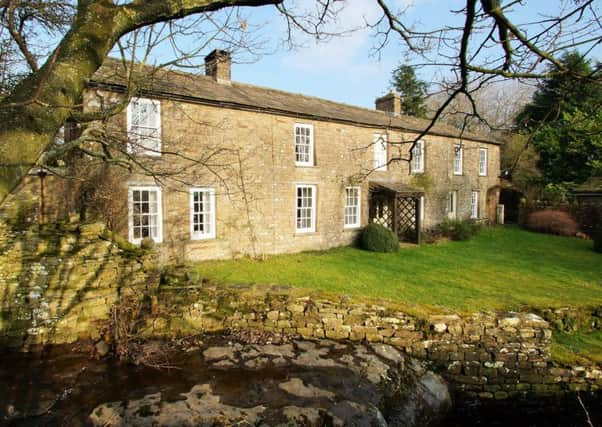

Wordsworth is best known for waxing lyrical about the Lake District but he was no stranger to the Yorkshire Dales and one idyllic spot caught his discerning eye.
In a letter to his friend Samuel Taylor Coleridge in 1799, he describes Mill Gill, near Askrigg, as “a delightful and delicious valley”. The artist JMW Turner was equally enamoured and captured this special place in his sketch book in 1816.
Advertisement
Hide AdAdvertisement
Hide AdLittle has changed since the poet and the artist declared their admiration and owners Professor David Blake and his wife, Rita, dearly hope that it stays that way. The couple are selling the property after 32 years, during which time they have enriched the landscape and cared for the collection of historic buildings that surround their house.
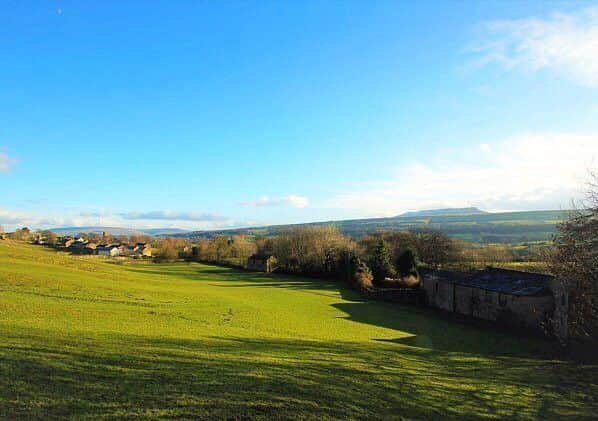

The asking price for what amounts to a mini-estate is £800,000. The property, on the market with Robin Jessop, includes an early Georgian house with six bedrooms and two bathrooms, gardens and a seating area overlooking the beck. Outbuildings include an historic water mill with attached coach house, a former milking parlour, a derelict power house, a large barn, a dovecote and 18 acres, including a traditional hay meadow, pastures, a mill pond and a stream, along with a valley that leads to small wood and Mill Gill Force waterfall.
The Blakes bought the property in 1984 after falling in love with it while on holiday in the Dales. They were living in York and were keen to escape the city for country life.
Even though it was a three-hour round trip to and from his work at the university, Professor Blake, who taught music, deemed it time well spent for the reward of living at Mill Gill. “I fell for it and so did my wife, who is a mad keen gardener. It’s such a beautiful place,” says Prof. Blake.
Advertisement
Hide AdAdvertisement
Hide AdThe property’s location on the edge of Askrigg, near Leyburn, is secluded but is within walking distance of the shop, deli, church, village hall and the three pubs.
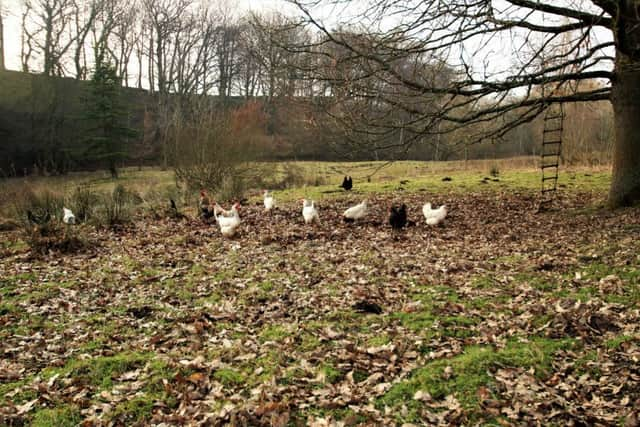

“It’s only about 400 yards to the edge of the village and I walk to the shop for my newspaper every day,” says Prof. Blake, who has enjoyed researching the history of his home.
The original mill building dates to the 1500s with various additions. It then became a saw mill run by William Handley Burton, who specialised in making hay rakes. He decided to use the water supply for the mill to generate electricity. By 1909 he was offering to light Askrigg’s streets and installed a dam above Mill Gill Force and was piping water to a power house containing a turbine. It produced enough power for street and house lighting in the village. Burton and his sons formed the Askrigg Electric Lighting Company and installed hydroelectric schemes around the Dales. It continued until the National Grid arrived in 1948. The mill still contains some of the old wood working machinery, tools and invoices, though the power house is now a partial ruin. There’s also a cheese press next to the beck, which is thought to date from the early 1700s. It is mentioned by Wensleydale cheese saviour and renowned Dalesman, Kit Calvert, in one of his books.
During their time there, the Blakes have renovated the main house and re-instated original features, including flagstones in the ground floor rooms. The listed West Mill, deemed “architecturally significant” by Natural England, was in poor repair but has been restored and is now in good order.
Advertisement
Hide AdAdvertisement
Hide AdIts water wheel was not working but “for a bit of fun” the Blakes once had it spinning after reinstalling the weir and creating an aqueduct to feed it.
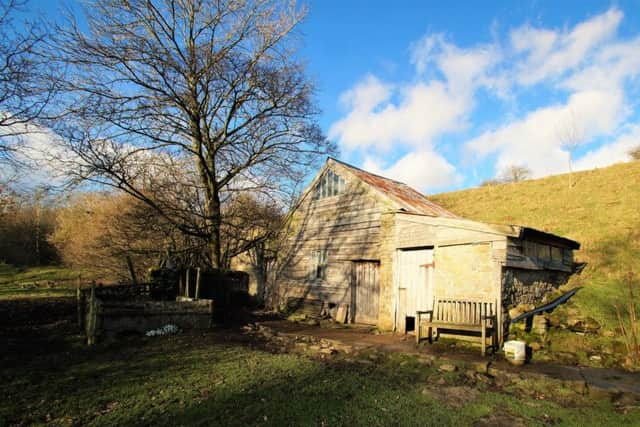

What was grazing land heavily ground down by horses is now planted with trees and wild flowers, including orchids, primroses and bluebells. The couple also created an eco-friendly, flora-rich hay meadow and have a large two-storey timber chicken shack for their 14 hens.
Estate agent Tim Gower, head of Robin Jessop’s Leyburn branch, says: “This property is a wonderful one-off. It is a mini rural estate that is very manageable because most of it wild and natural. It’s a very special place with stunning views.”
While there may be potential to convert some of the historic buildings that surround Mill Gill House, permission would have to be sought from the Yorkshire Dales National Park planning authority.
Advertisement
Hide AdAdvertisement
Hide Ad“I’d like to see the mill kept as a workshop and used by an artisan, maybe by a potter or a joiner. That would our ideal buyer,” says Prof. Blake.
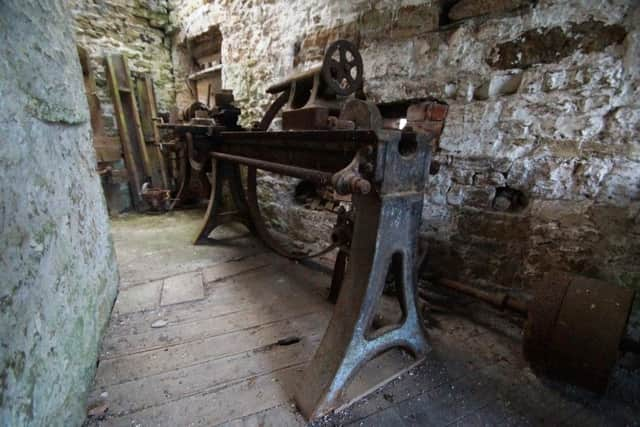

He and Rita are selling to downsize and their sadness at leaving is clear.
“We will miss it and we really don’t want to go. We are just about to take our daily walk. We go and feed the hens and then we feed the ducks on the pond and then we carry on to the tip of the waterfall. It’s the walk Wordsworth did and in summer when everything is blooming, it is even more beautiful. So much so it makes you want to cry.”
*Mill Gill House is for sale with Robin Jessop, Leyburn. For details contact, tel 01969 622800, www.robinjessop.co.uk
Advertisement
Hide AdAdvertisement
Hide Ad* William Wordsworth was a regularly visitor to Yorkshire and often enjoyed walking tours in the Yorkshire Dales. In 1799 he came with his sister, Dorothy, and stayed at a pub in Askrigg.
He walked to Mill Gill and, in his letter to Samuel Taylor Coleridge, he describes a “delightful and delicious valley” and tells how he rested beneath a fir tree, though the firs have since been replaced by beech and sycamores.
Turner rode into Mill Gill on horseback in 1816. He carried a tiny sketchbook in his overcoat. Prof. David Blake book is in the British Library and shows drawings of the Mill Gill waterfall and of the spectacular views over to Addlebrough.